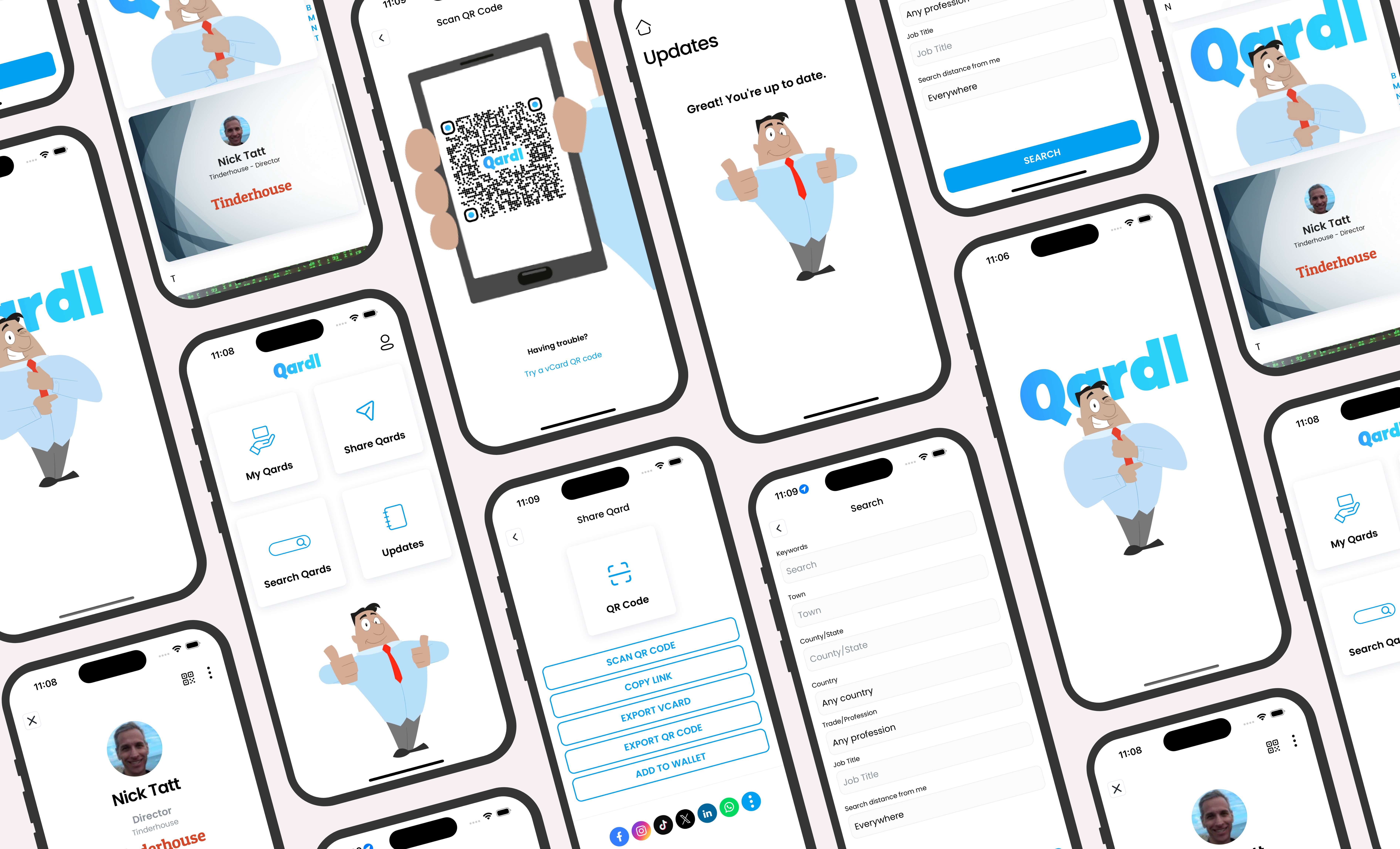However, with the constant advancements in technology, web design trends, and user expectations, simply building a website and leaving it untouched is no longer sustainable.
The Benefits of Future-Proofing Your Website
By designing and developing a website with future-proofing in mind, you can reap numerous benefits that extend beyond its initial lifespan:
- Reduced Development Costs: Avoid the recurring expenses associated with frequent website overhauls and rebuilds.
- Enhanced User Experience: Provide a consistent and seamless experience across devices and browsers, catering to evolving user preferences.
- Improved Search Engine Optimisation (SEO): Stay ahead of search algorithm changes and ensure your website remains visible in search results.
- Greater Scalability: Adapt your website to accommodate future growth, product additions, or new marketing campaigns.
- Enhanced Security: Implement robust security measures to protect sensitive data and prevent potential breaches.
- Increased Brand Reputation: Maintain a modern and professional online presence that reflects your brand's evolution.
Top 10 Questions to Consider for Future-Proofing Your Website
- Technical Framework: Choose a robust and well-supported framework that can accommodate future technological advancements.
- Content Management System (CMS): Opt for a user-friendly and scalable CMS that allows easy content updates and management.
- Responsive Design: Ensure your website adapts seamlessly to different screen sizes and devices, including desktops, tablets, and smartphones.
- Accessibility Considerations: Implement accessibility features for disabled users, ensuring inclusivity and compliance.
- Mobile-First Approach: Prioritise mobile-friendliness, optimizing your website for fast loading and intuitive navigation on mobile devices.
- Performance Optimisation: Optimise your website's loading speed and resource consumption to provide users with a smooth and responsive experience.
- Data Privacy and Security: Implement robust data security measures to protect user information and comply with privacy regulations.
- Regular Updates and Maintenance: Regularly update your website's core components and plugins to address security vulnerabilities and ensure compatibility.
- A/B Testing and Analytics: Continuously gather data through A/B testing and analytics to identify areas for improvement and optimise user engagement.
- Adaptability to Future Trends: Stay informed about emerging web design trends and technologies to ensure your website remains relevant and engaging.
Conclusion
Future-proofing your website is not just about aesthetics and design; it's about ensuring its long-term viability, resilience, and adaptability in an ever-changing digital world. Investing in a well-structured, future-proofed website can safeguard your online presence, enhance user experience, and reap the benefits of a sustainable digital asset. Get in touch if you are looking to future proof your website.




